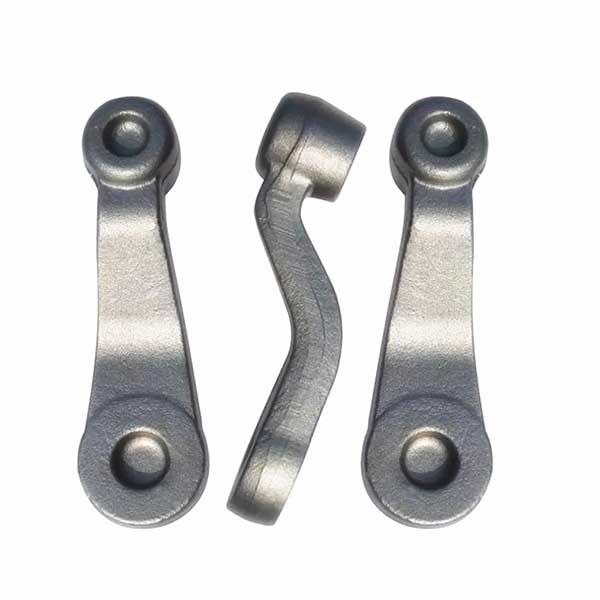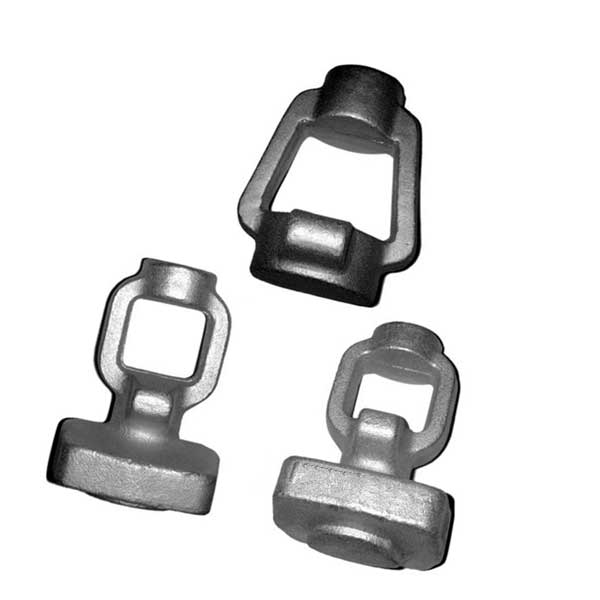Closed die forging, also known as impression die forging, is a metal forming process in which heated metal is shaped within a closed set of dies to achieve the desired final shape. This process offers several advantages that make it a preferred choice for producing certain types of metal components.
Closed die forging advantages
High Precision and Accuracy: Closed die forging allows for the production of highly precise and accurate metal components. The closed dies constrain the material’s flow, resulting in tight tolerances and consistent dimensions.
Excellent Material Integrity: The closed die forging process subjects the material to controlled deformation, leading to improved grain structure, reduced porosity, and enhanced material integrity. This results in better mechanical properties, including increased strength and fatigue resistance.
Enhanced Mechanical Properties: The controlled deformation and grain flow during closed die forging result in superior mechanical properties compared to other manufacturing methods. The directional grain flow leads to enhanced strength, toughness, and durability of the finished parts.

Reduced Material Waste: Closed die forging involves minimal material waste since the metal is shaped within the closed dies. This efficient material usage contributes to cost savings and reduced environmental impact.
Wide Material Compatibility: Closed die forging can be performed with a wide range of materials, including various metals and alloys such as steel, aluminum, titanium, and more. This versatility allows for the production of components with diverse material properties.
Complex Shapes and Designs: Closed die forging can accommodate complex part geometries and intricate designs that might be challenging to achieve with other manufacturing processes. The dies can be designed to create intricate features, undercuts, and fine details.
Improved Surface Finish: The closed die forging process generally results in parts with a better surface finish compared to some other metal forming methods. This can reduce the need for additional machining or finishing operations.

Cost Efficiency: While the initial tooling and die setup costs can be higher than some other processes, closed die forging offers long-term cost savings due to its high material utilization, reduced scrap rates, and enhanced mechanical properties, which can lead to longer component lifetimes.
Batch Production and High Volume Capability: Closed die forging is well-suited for batch production and high-volume manufacturing. Once the dies are created and set up, the process can be repeated consistently to produce large quantities of identical parts.
Environmental Benefits: Closed die forging’s material efficiency and reduced waste generation contribute to its environmental benefits. The process aligns with sustainability goals by minimizing material consumption and energy usage.
Closed die forging is commonly used to produce a wide range of components, from small intricate parts to larger and more robust components used in various industries, including automotive, aerospace, construction, energy, and more. The process’s advantages make it a preferred choice for producing components that require high precision, strength, and reliability.

